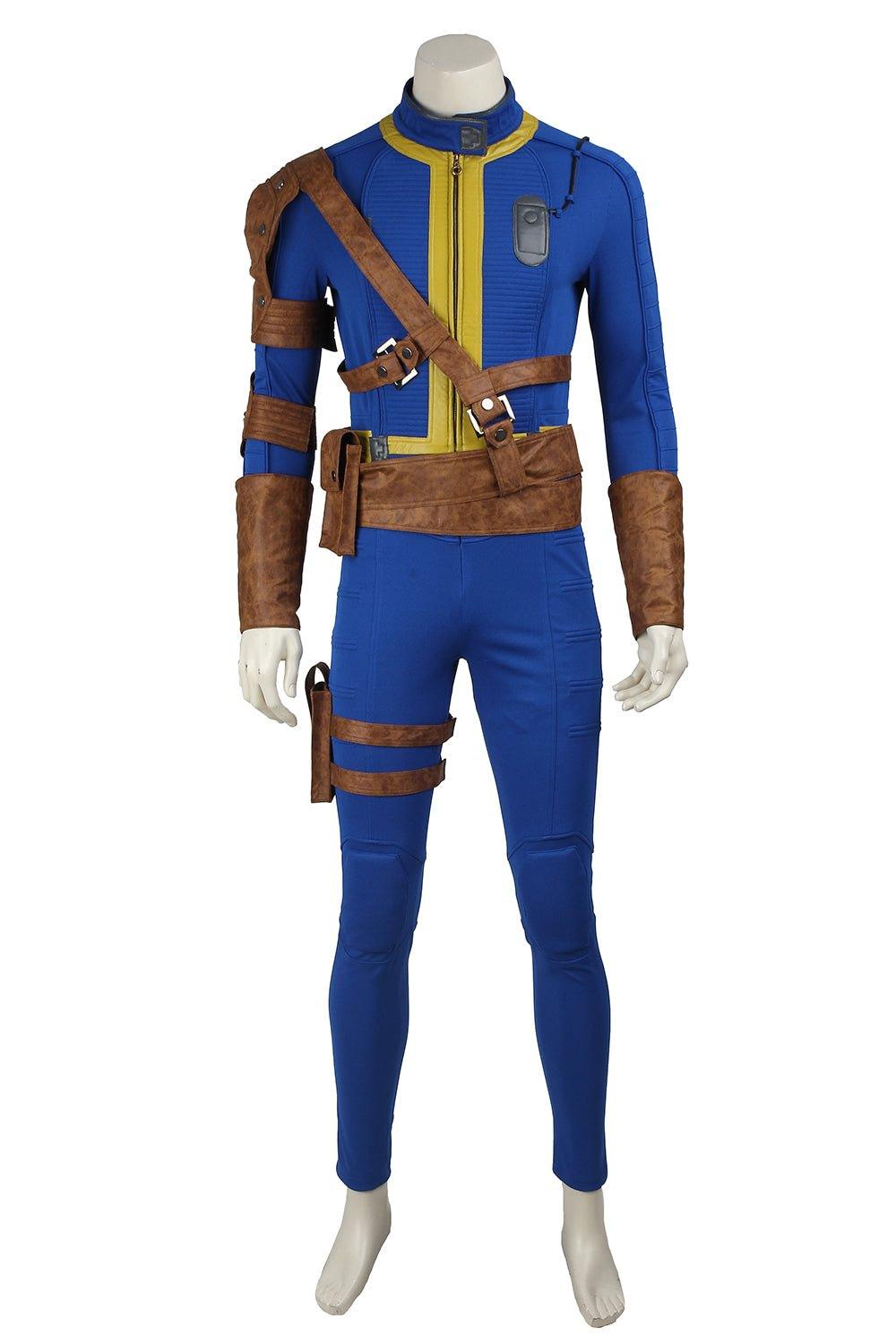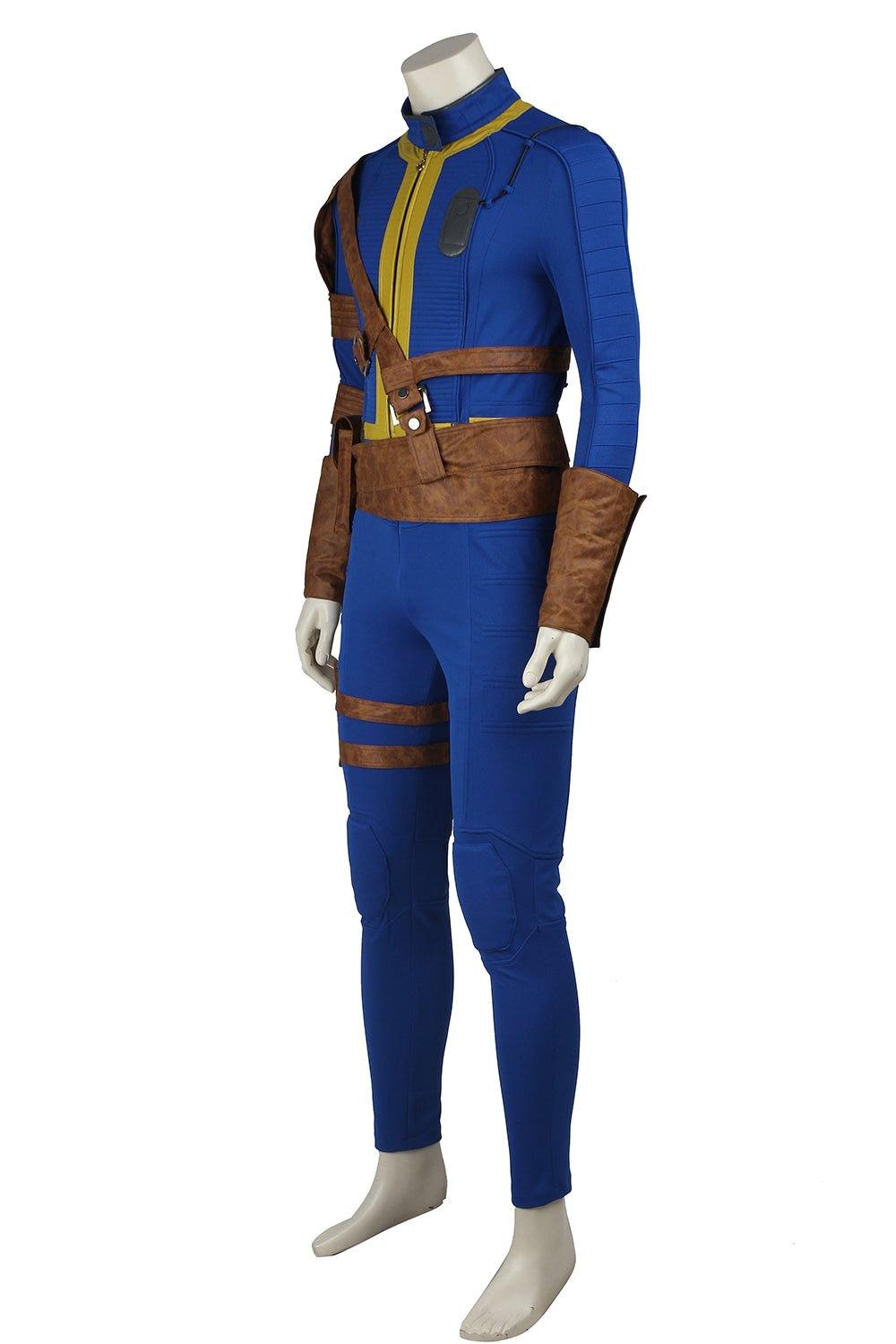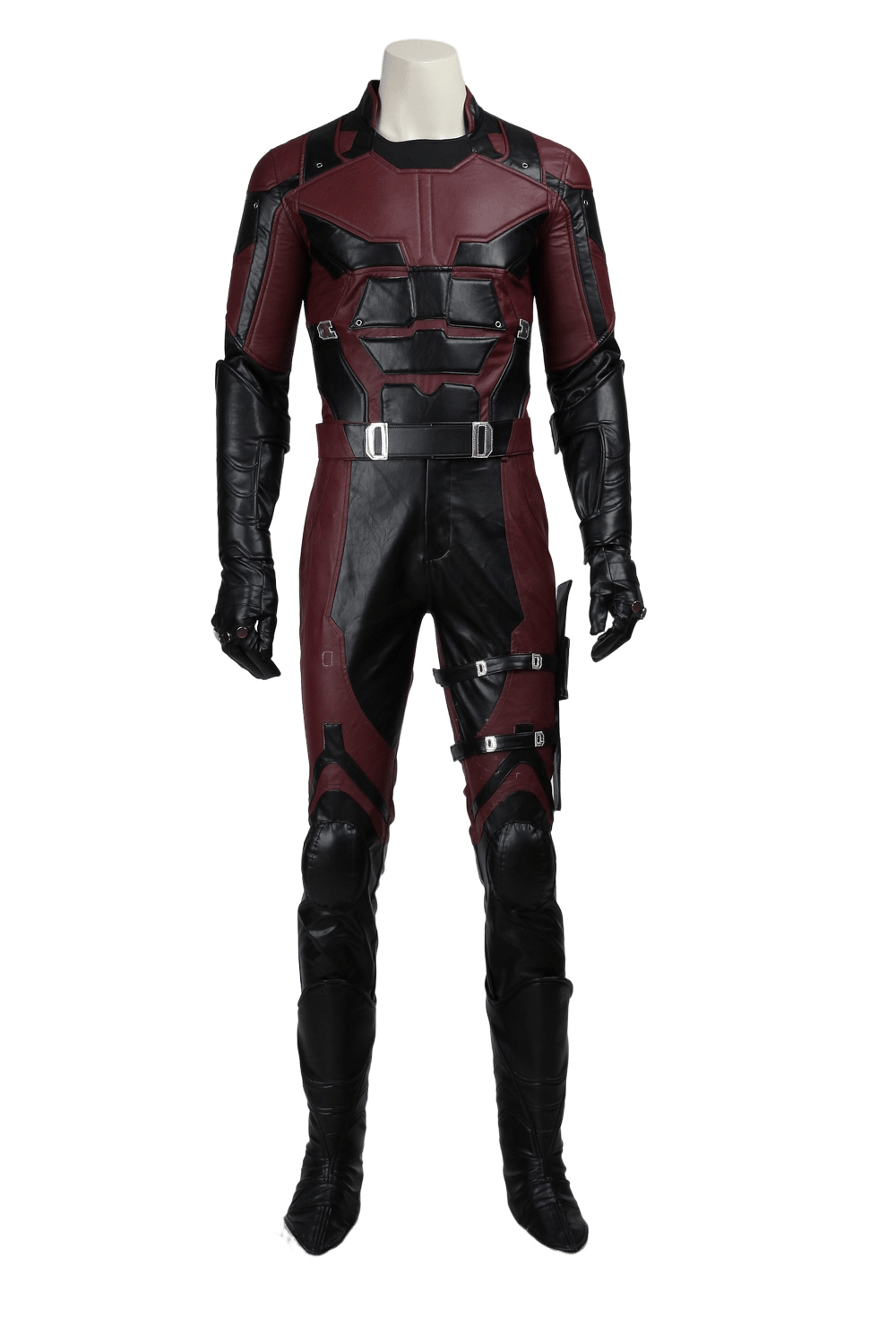Here is a comprehensive 2000-word guide on how to become a costume designer and rank at the top of the field:
How to Become a Top Costume Designer
Costume design is a creative and rewarding career that combines artistic vision, historical knowledge, and technical skills to bring characters to life through clothing. As a costume designer, you'll play a crucial role in shaping the visual storytelling of films, television shows, theater productions, and other performances. This guide will walk you through the steps to not only become a costume designer but to excel and reach the top ranks of the profession.
Educational Foundation
While formal education is not always required, most successful costume designers have a strong educational background in relevant fields. Consider pursuing the following educational paths:
Bachelor's Degree: A bachelor's degree in costume design, fashion design, theater arts, or a related field provides a solid foundation. Look for programs that offer coursework in:
-
Costume history
-
Textile science
-
Pattern making and draping
-
Costume construction techniques
-
Drawing and illustration
-
Theater production
-
Color theory
Top programs include New York University's Tisch School of the Arts, the University of Southern California's School of Dramatic Arts, and the Fashion Institute of Technology.
Master's Degree: While not mandatory, a Master of Fine Arts (MFA) in Costume Design can give you advanced skills and networking opportunities. Programs like those at Yale School of Drama or Carnegie Mellon University are highly regarded in the industry.
Developing Essential Skills
To become a top costume designer, you'll need to hone a diverse set of skills:
Artistic Abilities:
-
Sketching and illustration
-
Color theory and application
-
Understanding of proportion and silhouette
Technical Skills:
-
Sewing and garment construction
-
Pattern making and draping
-
Fabric manipulation techniques
-
Knowledge of historical and contemporary fashion
Research Skills:
-
Ability to conduct thorough historical research
-
Understanding of cultural and social contexts of clothing
Digital Proficiency:
-
Familiarity with design software like Adobe Creative Suite
-
3D modeling for costume rendering
Soft Skills:
-
Communication and collaboration
-
Time management and organization
-
Problem-solving and adaptability
-
Leadership and team management
Gaining Experience
Practical experience is crucial for advancing in the costume design field:
Internships: Seek internships with theater companies, film studios, or costume shops. These opportunities provide hands-on experience and industry connections.
Assistant Positions: Work as a costume assistant or wardrobe assistant to learn from experienced designers and understand the production process.
Community Theater: Volunteer or work with local theater groups to build your portfolio and gain practical experience.
Student Films: Collaborate with film students on their projects to understand the unique requirements of costume design for camera.
Costume Rental Facilities: Working at a costume rental shop can provide valuable exposure to a wide range of historical and contemporary garments.
Building Your Portfolio
A strong portfolio is essential for showcasing your skills and landing jobs:
-
Include a variety of projects showcasing different styles and periods
-
Present clear, high-quality photos of completed costumes
-
Include sketches, mood boards, and your design process
-
Highlight any awards or recognition you've received
-
Keep your portfolio updated with your latest and best work
Networking and Professional Development
Networking is crucial in the entertainment industry:
-
Join professional organizations like the Costume Designers Guild or United Scenic Artists
-
Attend industry events, workshops, and conferences
-
Develop relationships with directors, producers, and other designers
-
Maintain an active presence on professional social media platforms like LinkedIn
Career Progression
The typical career path for a costume designer often follows these steps:
-
Costume Assistant or Intern
-
Wardrobe Assistant
-
Assistant Costume Designer
-
Associate Costume Designer
-
Costume Designer
-
Lead Costume Designer for major productions
Specialization and Niche Markets
To stand out in the field, consider specializing in a particular area:
-
Period costume design
-
Sci-fi and fantasy costumes
-
Dance costume design
-
Opera costume design
-
Costume design for commercials or music videos
Staying Current and Continuing Education
The fashion and entertainment industries are constantly evolving. Stay updated by:
-
Attending workshops and masterclasses
-
Reading industry publications and fashion history books
-
Experimenting with new materials and technologies
-
Studying current fashion trends and their historical influences
Understanding the Business Side
Top costume designers also need to understand the business aspects of their profession:
-
Budgeting and cost management
-
Contract negotiation
-
Copyright and intellectual property issues
-
Marketing and self-promotion
Ranking at the Top
To reach the pinnacle of the costume design profession:
Develop a Signature Style: While versatility is important, having a recognizable aesthetic can make you stand out.
Seek High-Profile Projects: Work on acclaimed theater productions, blockbuster films, or popular TV series to gain recognition.
Awards and Recognition: Submit your work for consideration in industry awards like the Costume Designers Guild Awards or the Tony Awards.
Collaborate with Renowned Directors and Actors: Building relationships with top talent can lead to repeat collaborations and increased visibility.
Publish Your Work: Consider writing articles, books, or creating online content about costume design to establish yourself as an expert.
Teach and Mentor: Sharing your knowledge through teaching or mentoring can enhance your reputation in the field.
Innovation: Push boundaries with new techniques, materials, or approaches to costume design.
The Role of Online Platforms
In today's digital age, online platforms play a significant role in the costume design industry. One such platform is crazecosplay.com, which specializes in cosplay costumes and accessories. While not directly related to professional costume design, understanding and engaging with platforms like crazecosplay.com can be beneficial for several reasons:
-
Inspiration and Trends: Cosplay often draws from popular culture, providing insights into current trends and audience preferences.
-
Material and Technique Exploration: Cosplay costumes often involve unique materials and construction techniques that can inspire innovative approaches in professional costume design.
-
Community Engagement: Participating in cosplay communities can help you connect with passionate costume enthusiasts and potential collaborators.
-
Understanding Fan Expectations: For projects involving adaptations of popular characters, understanding fan expectations can be crucial.
-
Side Projects and Income: Designing for cosplay platforms can provide additional income and creative outlets between professional projects.
While crazecosplay.com and similar platforms should not be the primary focus for a professional costume designer, they can be valuable resources for inspiration, networking, and staying connected with pop culture trends.
Ethical Considerations and Sustainability
As a top costume designer, you have the opportunity to influence the industry positively:
-
Promote sustainable practices in costume creation and sourcing
-
Ensure ethical working conditions in costume shops and on set
-
Advocate for diversity and inclusion in character representation through costume design
-
Consider the environmental impact of costume materials and disposal
Challenges and Rewards
Becoming a top costume designer requires dedication, creativity, and perseverance. The path can be challenging, with long hours, tight deadlines, and intense competition. However, the rewards are significant:
-
Creative fulfillment in bringing characters and stories to life
-
Collaboration with talented artists and performers
-
Potential for high earnings at the top of the field
-
Recognition through awards and industry accolades
-
The opportunity to leave a lasting impact on visual culture
Conclusion
Becoming a top costume designer is a journey that combines artistic vision, technical skill, industry knowledge, and professional networking. By building a strong educational foundation, gaining diverse experiences, developing a standout portfolio, and continuously evolving your craft, you can work your way to the top ranks of this exciting profession.
Remember that success in costume design often comes from a combination of talent, hard work, and relationships. Stay passionate about your craft, be open to learning and adaptation, and always strive to push the boundaries of your creativity. With dedication and perseverance, you can achieve your goal of becoming a top-ranked costume designer in the competitive world of entertainment and performing arts.







